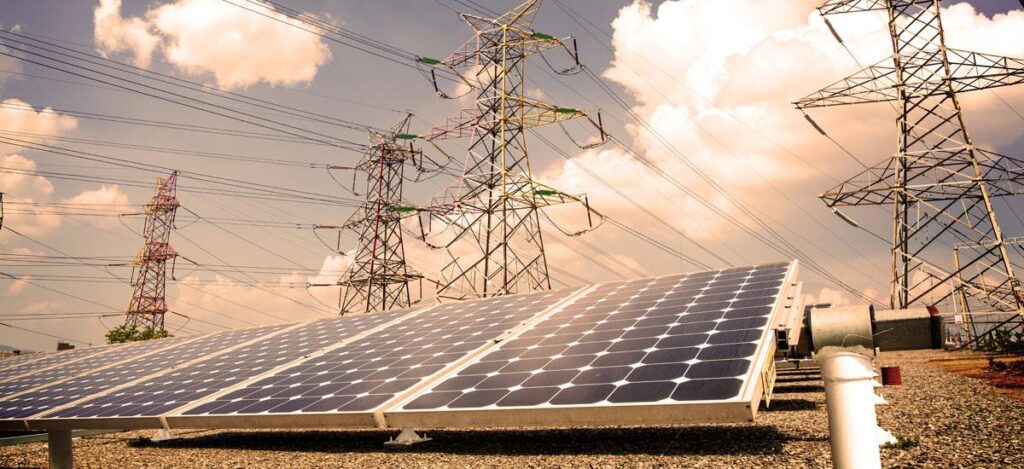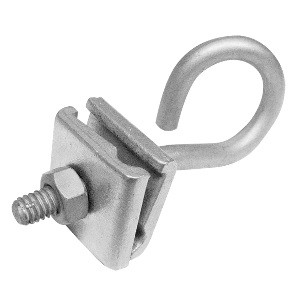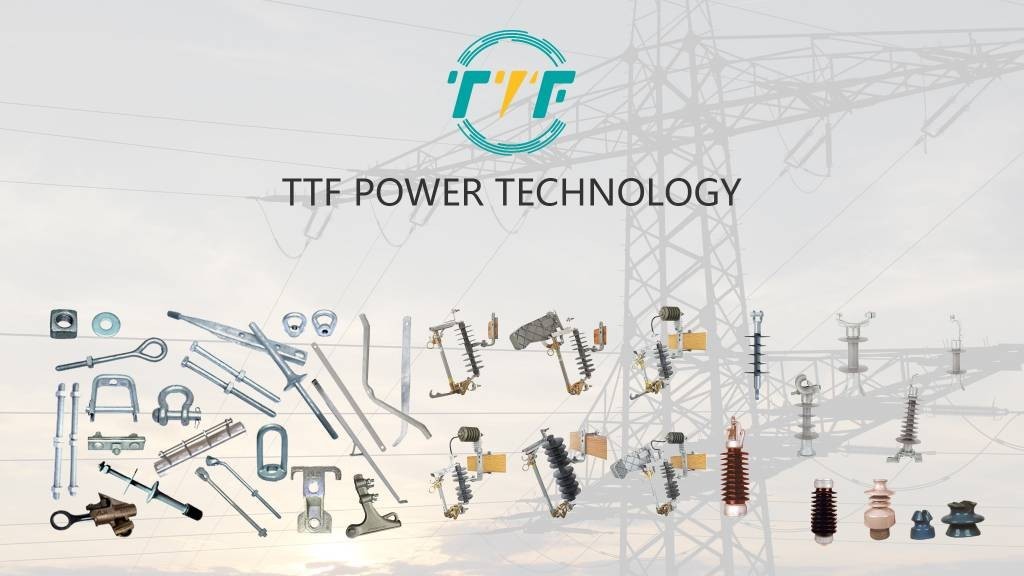
New acquisitions in Colombia’s renewable energy sector highlight a strategic push by both domestic energy players and state-owned enterprises to secure large-scale renewable projects. Celsia and Ecopetrol show different and complementary approaches to capitalize on Colombia’s energy transition. Celsia is expanding beyond its traditional hydropower base into solar and wind to diversify its generation mix. The acquisition includes wind projects in La Guajira to position Celsia as a leader in a still-nascent market. Celsia operates in generation, transmission, and distribution. Utilities like Celsia, EPM, and ISA are snapping up renewable portfolios rather than developing projects from scratch to speed up market maturity. On the other hand, Ecopetrol faces pressure to reduce emissions and align with national climate goals. The company is hedging against long-term oil demand decline while maintaining energy sector dominance. C-SPAN clamps secure conductor support, vibration damping, and long-term reliability in challenging environmental conditions.
C-SPAN clamps suspend conductors between transmission towers or poles to prevent excessive sag. Colombia’s wind-rich regions experience strong winds that cause conductor galloping. The clamps have integrated dampers that reduce fatigue and prevent wire damage and failures. C-SPAN clamps allow for easier conductor repositioning during grid upgrades or repairs. They help maintain safe clearances in dense renewable energy corridors. The clamps must handle higher ampacity conductors as Colombia integrates more large-scale solar and wind. C-SPAN clamps ensure stable grid connections from remote wind sites to urban demand centers. This is crucial for high wind speeds that demand robust clamping to prevent conductor fatigue. Long transmission lines from solar parks to substations need secure mid-span support. The clamps prevent sagging in high-temperature zones. Additionally, they help reinforce reliability to enable transmission systems to handle intermittent renewables. They also help the country address the challenges that stall renewable energy capacity.
C-SPAN clamps down on renewable energy expansion in Colombia.
C-span clamps are mechanical devices used to support and suspend electrical conductors on transmission and distribution lines. They hold conductors in place, reduce mechanical stress, reduce sag and vibration, and ensure line integrity over rivers, ravines, and mountainous terrain. They function in high-tension lines and are often paired with dead-end clamps, insulators, and vibration dampers. The clamps ensure the physical backbone of energy transmission is strong, safe, and scalable. With increased investments, there is growing demand for durable hardware, fast deployment timelines, and component standardization for M&A. Discussed below are the roles of C-SPAN clamps in renewable energy projects.

- Wind farms in La Guajira—this wind zone has over 10 GW of potential with vast, flat, and remote terrain. C-SPAN clamps suspend conductors across distances with minimal tower support to reduce construction costs. They provide lower structural load, safer long spans, and less conductor sag.
- Solar projects—utility-scale Solar farms must export power over long distances to grid substations. The clamps help maintain mechanical reliability during high temperatures and UV exposure. They provide enhanced durability and support for solar interconnects.
- Hybrid and rural electrification projects—C-SPAN clamps allow for secure power transmission across difficult terrain. They enable the grid to reach remote renewables projects.
Risks of overlooked challenges in Colombia’s renewable infrastructure
Overlooking critical infrastructure in Colombia’s renewable energy sector poses serious risks that can disrupt ambitious clean energy goals. It also disrupts returns on investment and undermines investor confidence. Underinvestment or poor planning in grid, hardware, and permitting infrastructure is crucial. Colombia speeds transition to solar, wind, and green hydrogen. The risks involved include

- Transmission bottlenecks—many renewable projects stalled due to lack of enough transmission capacity to move electricity from generation zones to population and industrial centers. Risks include projects unable to connect to the national grid, revenue delays, and rising congestion costs.
- Underbuilt support hardware—failure to invest in essential hardware creates structural and safety risks across the energy transmission network. The risks include mechanical failures, increased maintenance costs, lower lifespan of power lines, and disqualification from compliance standards.
- Permitting and licensing delays—permitting for renewable infrastructure can take long due to environmental impact assessments, indigenous community consultations, and land rights. Risks include investor pullout before commercial operation and sunk costs in land acquisition and development.
- Lack of grid digitalization and smart infrastructure—Colombia’s grid lacks widespread adoption of smart meters, real-time monitoring, and digital SCADA systems. Potential risks include poor forecasting and load balancing, blackouts, grid vulnerability to cyber disruptions, or missed efficiency gains from demand-site management.
